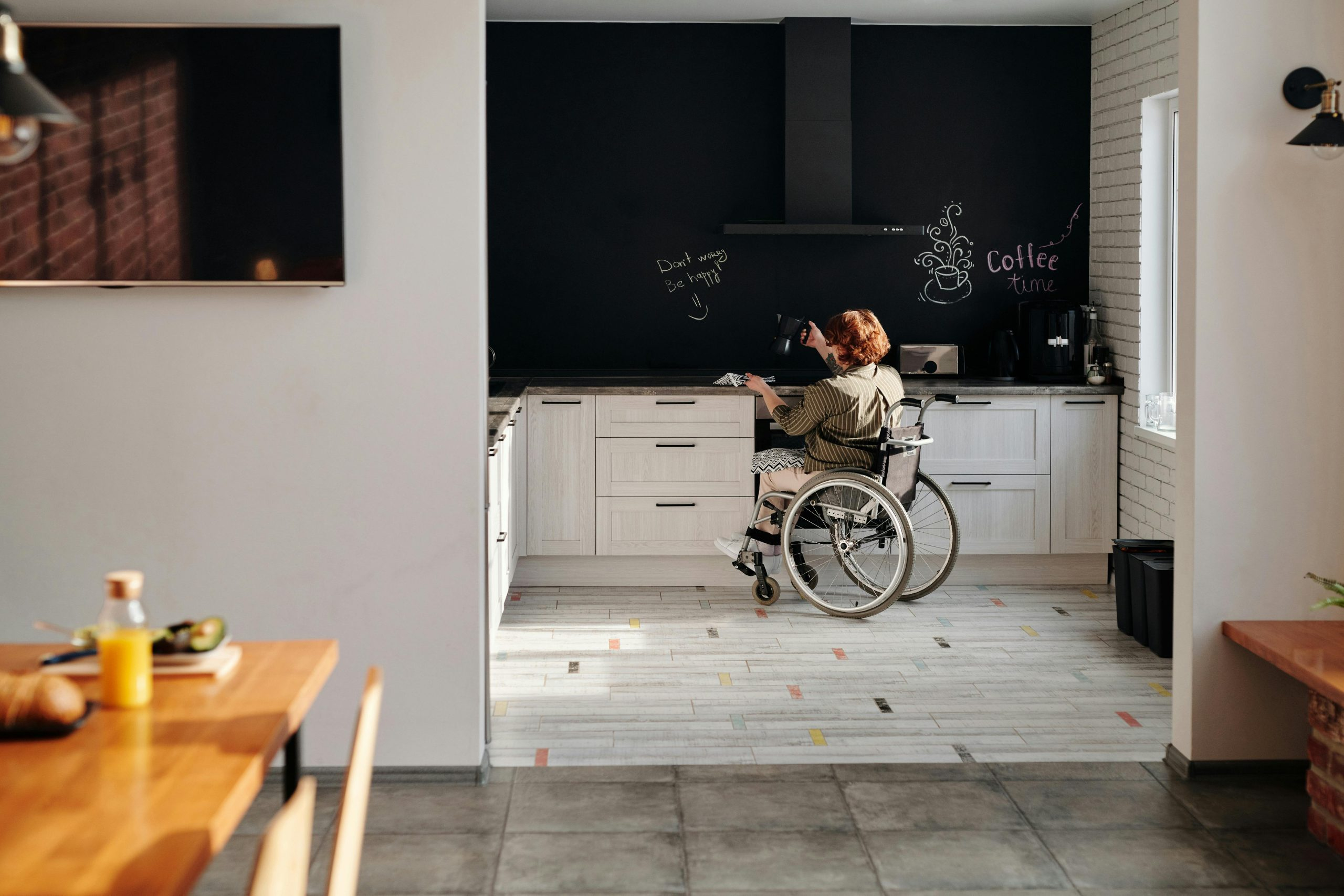Kitchen Lighting Design: Illumination That Improves Cooking Performance
When it comes to designing a kitchen, we often focus on the layout, the appliances, and the overall aesthetic. However, one essential aspect that often gets overlooked is the kitchen lighting design. Illumination plays a crucial role in a kitchen’s functionality, and it is not just about making the space look good. The right lighting can significantly improve cooking performance, making the kitchen a more efficient and enjoyable space to work in. In this article, we will explore the importance of kitchen lighting design and how it can enhance your cooking experience.
The Impact of Lighting in Kitchen Design
Lighting is an integral part of any interior design, and the kitchen is no exception. It not only sets the mood and ambiance of the space but also serves a practical purpose. In a kitchen, proper lighting is essential for various tasks such as cooking, cleaning, and food preparation. The absence of adequate lighting can make these tasks difficult and even hazardous. On the other hand, a well-lit kitchen can make these tasks more efficient and safer.
Furthermore, lighting can also play a significant role in creating a sense of space and adding depth to the design of a kitchen. With the right lighting, you can make a small kitchen feel more open and spacious. It can also highlight specific design elements and create focal points in the kitchen’s overall design.
The Basics of Kitchen Lighting Design
Before we delve into how lighting can improve cooking performance, let us first understand the basics of kitchen lighting design. There are three main types of lighting that should be incorporated in a kitchen – ambient, task, and accent lighting. Each type plays a different role in creating a well-lit and functional kitchen.
Ambient lighting
Ambient lighting, also known as general lighting, provides overall illumination to the entire kitchen space. It is typically in the form of ceiling-mounted fixtures, such as recessed lights, track lights, or chandeliers. Ambient lighting helps to create a base level of light that evenly spreads throughout the kitchen, allowing you to move around safely and see what you are doing.
Task lighting
Task lighting is focused and provides bright, concentrated light for specific tasks, such as cooking, food preparation, and reading recipes. It can be achieved through under-cabinet lighting, pendant lights above the kitchen island, or LED strips mounted under shelves. Task lighting should be strategically placed to avoid casting shadows and to minimize glare.
Accent lighting
Accent lighting is used to highlight specific features or items in the kitchen, such as artwork, architectural details, or decorative pieces. It adds depth and dimension to the overall kitchen design, making it more visually appealing. Accent lighting can be achieved through spotlights, track lights, or LED strip lights placed behind cabinets or shelves.
Kitchen Lighting for Improved Cooking Performance
Now that we have covered the basics of kitchen lighting design, let us look at how it can improve cooking performance. As mentioned earlier, proper lighting is crucial for carrying out various tasks in the kitchen effectively. Here are some ways in which lighting can enhance your cooking experience:
Better visibility
The most apparent benefit of good kitchen lighting is improved visibility. Cooking involves a lot of cutting, chopping, and other intricate tasks that require precision. With proper lighting, you can see what you are doing clearly, reducing the risk of accidents and making the process more efficient.
Safe and hygienic food preparation
Kitchen lighting can also have an impact on food safety and hygiene. Adequate lighting ensures that you can see any spills or cross-contamination while preparing food. It also allows you to check the color and texture of ingredients, making it easier to determine whether they are fresh and safe to use.
Mood and ambiance
While functionality is crucial, it is also essential to consider the aesthetic aspect of kitchen lighting. Lighting can significantly impact the mood and ambiance of a space. Warm, dim lighting can create a cozy and inviting atmosphere, making the kitchen an enjoyable place to cook in.
Energy efficiency
With the rising cost of electricity, energy efficiency has become a top priority for homeowners. The same goes for kitchen lighting. By using energy-efficient bulbs and fixtures, you can reduce your energy consumption and save on your utility bills.
Final Thoughts
Kitchen lighting design is not just about making the space look good; it plays a significant role in enhancing cooking performance. By incorporating the right combination of ambient, task, and accent lighting, you can create a kitchen that is both practical and visually appealing. So, if you are planning a kitchen renovation or simply looking to upgrade your lighting, keep in mind the impact that lighting can have on your cooking experience. It might just make all the difference!









